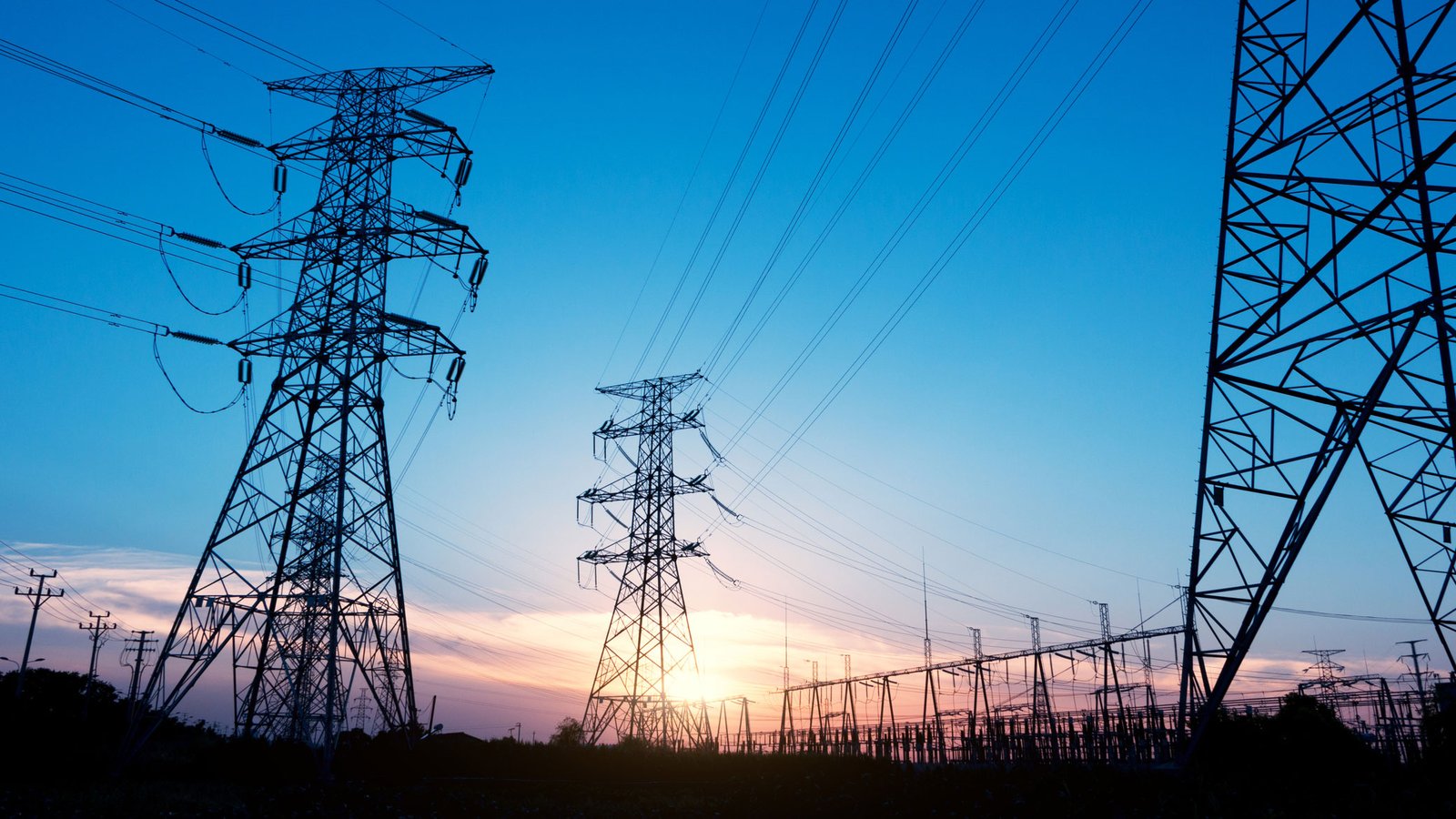Kenya is leading East Africa with the highest electricity connectivity rate. This is according to 2021 Energy and Petroleum Statistics Report, released by Energy and Petroleum Regulatory Authority.
The report noted that the country’s electricity access now stands at 76.49 percent with 8.2 million consumers. This is according to EPRA is a big boost towards the attainment of Vision 2030 which seeks to transform Kenya into a newly industrializing, middle-income economy.
Only 24% only of Uganda’s 40 million population had access to electricity as of January 2021 while Tanzania aims at nearly doubling its electrification rates to 75% by 2033. The regulator said 876,961 Kenyan households were connected to the grid by May 2021, establishing the country as a regional leader in electricity access.
READ:India to invest in Tanzania’s energy sector
Renewable energy
The report further shows 92.3% of electricity in Kenya was generated from renewable sources in 2020. Geothermal, hydro and wind power sources accounted for 43.6, 36.5 and 11.5% of electricity, respectively.
The renewable energy generation got a boost with commissioning of additional Selenkei Solar and Kian-thumbi Hydro power plants, with installed capacities of 40MW and 0.5MW respectively. KenGen, Kenya’s largest power producer accounts for 62.98 per cent of the country’s effective generation capacity followed by Independent Power Producers (IPPs) who account for 35.95 per cent.
“Kenya’s energy sector has experienced tremendous growth and development since independence with paradigm shifts occurring over time in the regulations and structures of utilities in both the electricity and petroleum sub-sectors. The country has emerged as a leader in the adoption of renewable energy in Africa and beyond.033,” said EPRA Director General Daniel Kiptoo.
Isolated grid generation under the Rural Electrification Program account for the remaining 1.07 per cent. By June 2021, the electricity transmission and distribution network across the country covered a total of 248,834 kilometres. There are plans to construct additional distribution lines and establish new substations to extend power supply in rural areas.







